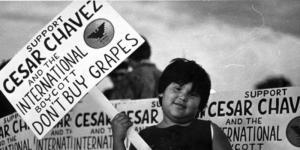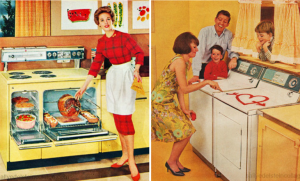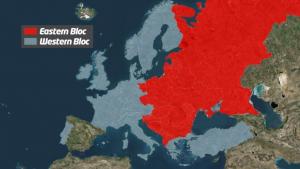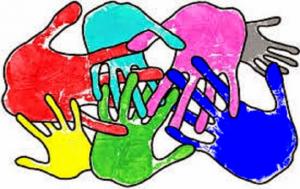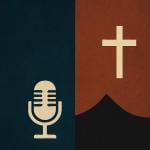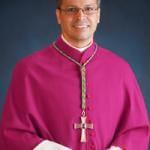
A modern Church emerged in the 1930’s, earlier, James Chappel holds, than often thought. Disagreements about over the form Catholic modernism should take marked the Church’s engagement with the world then and probably always will.
Part 2 in the series on Catholic Modern: The Challenge of Totalitarianism and the Remaking of the Church by James Chappel – the Introduction
The Catholic Church “has embraced modernism.” (p. 1) And she embraced it for good in the period between the two world wars. That doesn’t mean that the Church agreed with the modern, secular world on any particular issue. In fact, the Church tried hard to put her own stamp on the developing modern world. Throughout this period Catholics were prominent in politics and in the flourishing print media. But Catholics worked within the parameters of that world’s own commitment to human rights, reasoned debate, and, especially, the separation of church and state.
For most of its history, Chappel says, the Catholic Church had “held that the state and the economy should be governed according to religious [specifically, Catholic] principles.” (p. 2) Catholic Modern traces the way the Catholic Church came to “embrace religious pluralism, human rights, and the secular state as positive goods.” (p. 3) Exactly how did such a reversal happen?
Two theories Chappel rejects
One explanation for this result is the subtraction theory. People looked at the entanglement of religion and politics and saw wars, intolerance, and scientific backwardness. The solution: Take religion out of the public sphere but let people worship privately as they please. The remaining public space would be secular and tolerant. Chappel says the reality is much more complicated than that. For one thing, the state itself never completely absents itself from religion. It has to define what is religious and when religion intrudes too far into the public space. For another, the Church didn’t stay out of politics but looked for new forms of public intervention (p. 9)
Here’s another explanation. In the 19th century there was growing Catholic engagement in secular affairs. Catholics formed political parties, trade unions, farmers’ movements, etc., rejecting both socialism and capitalism. In a 1930’s reaction, earlier anti-modernism reasserted itself in alliances with fascist leaders. After World War II, the dislocations of war and the new consumer society made a close-knit Catholic opposition to the modern world impossible. The Church then recovered the social justice inspirations of 19th century. Vatican II enshrined more modernist trends.
Chappel argues the transformation of the Church happened much earlier than the 1950’s and 60’s. It happened in those supposedly backward looking 1930’s in reaction to two threatening forms of totalitarianism. During that period,
… the Church transitioned from an antimodern institution into an antitotalitarian one…. In the antimodern years, Catholics sought to overturn the church-state separation introduced by the French Revolution. In the antitotalitarian years … [f]aced with totalitarianism of the right (fascism) and totalitarianism of the left (Stalinism), Catholics across Europe engaged in a robust rethinking of what it meant to be Catholic and what role the Church should play in the world. (p. 11)
Theoretical conversion
In the process of confronting totalitarianisms the Church became modern already in the 1930’s. This wasn’t a merely pragmatic cooperation toward social goals. That had been happening earlier without any theoretical conversion. Catholic intellectuals, journalists, and Church leaders had long had “a vision in which the good life was structured by a dense web of Catholic institutions.” (p. 11) They imagined the Middle Ages as such a society. The modern world was threatening this vision, but in the 1920’s going back to a medieval world still seemed plausible. With the 1930’s, the Depression, the threat of international Communism, and “furious state building and rearmament” this ideal Catholic world no longer seemed possible. (p. 12)
The Church needed and found new ways to think about its relationship to the world. The framing of Catholic debate shifted from “How can we overcome the secular state?” to “How can we shape secular modernity to our specifications?’ (p. 12)
That effort hasn’t stopped yet. The Catholic Church mobilizes its considerable theological and institutional resources to engage the modern world. Of course, an institution as large as the Catholic Church is not going to agree with itself on how to do that. Catholic Modern exhibits this disagreement as the Church became modern through the past century. The Church’s engagement will continue, and, if Chappel’s analysis means anything, it will probably take different and even contrary forms.
Whatever stories the Church might tell about itself, it is in reality a socially embedded institution, responsive to overtures from non-Catholics, to social transformations, and to pressures from the laity. It has, in short, a history—and one that will inform its future. (p. 21)
Image credit: Religion in American History via Google Images



